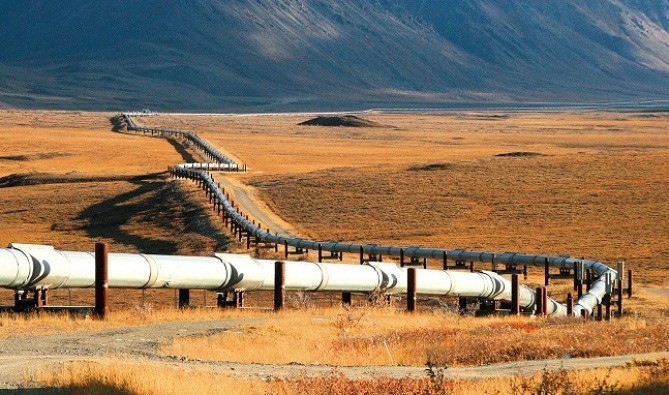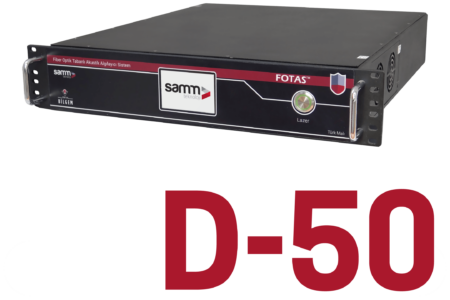Introduction to DAS in Oil and Gas Monitoring
Distributed Acoustic Sensing (DAS) technology has revolutionized the way critical infrastructures like pipelines are monitored. DAS transforms standard fiber optic cables into highly sensitive acoustic sensors. This allows real-time detection of environmental and structural changes, providing unmatched advantages in pipeline surveillance. DAS significantly enhances pipeline monitoring, ensuring safer and more efficient operations. This innovative approach aligns perfectly with the needs of the oil and gas industry, where safety and efficiency are paramount.
As key infrastructures, these pipelines are important to national security and economic vitality. Pipeline accidents could cause human deaths, serious injuries, and material costs. It is therefore very important to develop a comprehensive monitoring scheme to protect their integrity from external threats such as malicious intrusion, tempering attempts, illegal tapping, construction accidents, and natural disasters, as well as from internal structural degradation including corrosion/erosions, due to aging and wear from weather.

DAS Advantages in Pipeline Security
Traditional methods, such as helicopter patrols, are costly and limited in efficiency, especially for large-scale pipeline networks. DAS provides a more comprehensive solution by offering continuous and automated monitoring capabilities.
Presently, pipeline monitoring and protection is often performed by expensive and laborious physical inspection methods such as helicopter or vehicle patrols. However, fiber optic distributed acoustic systems permit the supervision of long-distance pipelines using fiber optics. Since fiber optic cables are usually laid along the modern pipelines, no additional investment in equipment installation is needed.
The integration of DAS eliminates the operational and logistical constraints of manual inspections, ensuring that monitoring processes are both scalable and cost-effective.
Optimizing Sensing Cable Placement
The placement of the sensing cable is a critical part of the design. it must be buried sufficiently deep to avoid being uncovered by running surface water or by burrowing animals, and yet the deeper it is sited below the surface, the more high-frequency waves are attenuated and therefore, the signal bandwidth becomes more narrow. With only one fiber optic cable laid along the pipeline, FOTAS can detect third party intrusions like digging or excavations, the pressure waves of a pipeline leakage, ground movement and structural variations. Its length and operation as a distributed sensor make it a solution for a highly dense distributed sensing system for monitoring pipelines. FOTAS is also a reliable system for detecting and identifying leaks, and it is used for early detection of leaks in pipelines transporting liquid or gas. FOTAS looks for the noise generated by the fluid escaping the pipe, which then vibrates the pipe wall that the fiber is connected to.
DAS also plays a critical role in protecting pipelines from environmental threats. Strategic placement of the sensing cable enhances system efficiency and ensures early detection of potential risks.

Implementation Success
Case Study: BOTAŞ Petroleum Pipeline Corporation
FOTAS was implemented at a site of BOTAŞ Petroleum Pipeline Corporation, which is the state-owned crude oil and natural gas pipeline and trading company operating the national gas grid of Turkey, and the system has been successful.
The Transformative Role of DAS
Distributed Acoustic Sensing (DAS) systems offer a transformative approach to pipeline monitoring and protection. By utilizing advanced fiber optic technologies, DAS not only ensures the early detection of threats but also reduces reliance on traditional, labor-intensive methods. Its capacity to provide continuous, real-time monitoring over vast distances makes DAS indispensable for modern pipeline infrastructure. SAMM Teknoloji, with its innovative FOTAS solutions, further enhances these capabilities, setting new standards in pipeline monitoring and protection.



